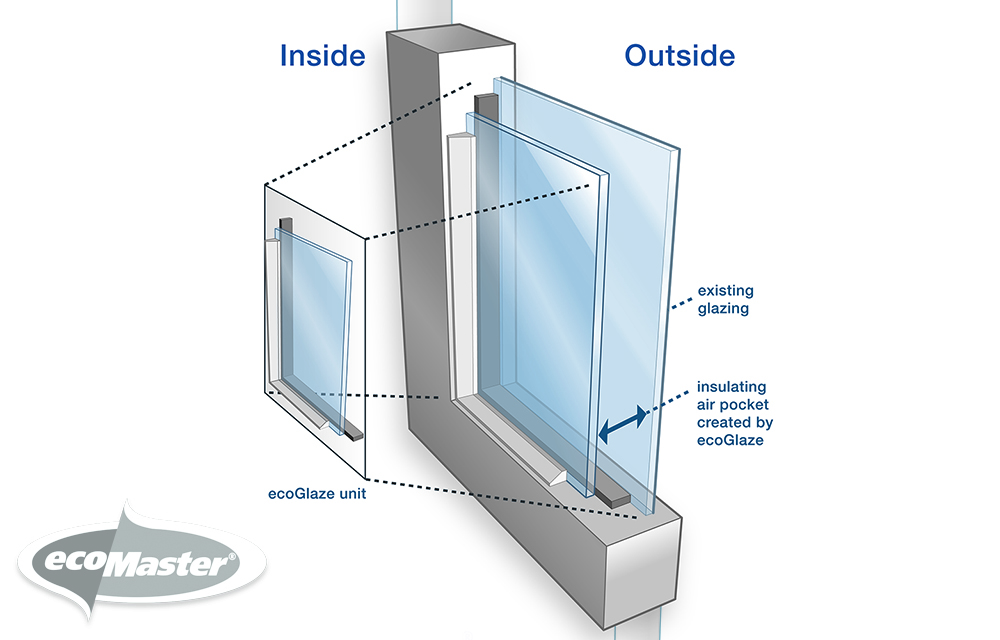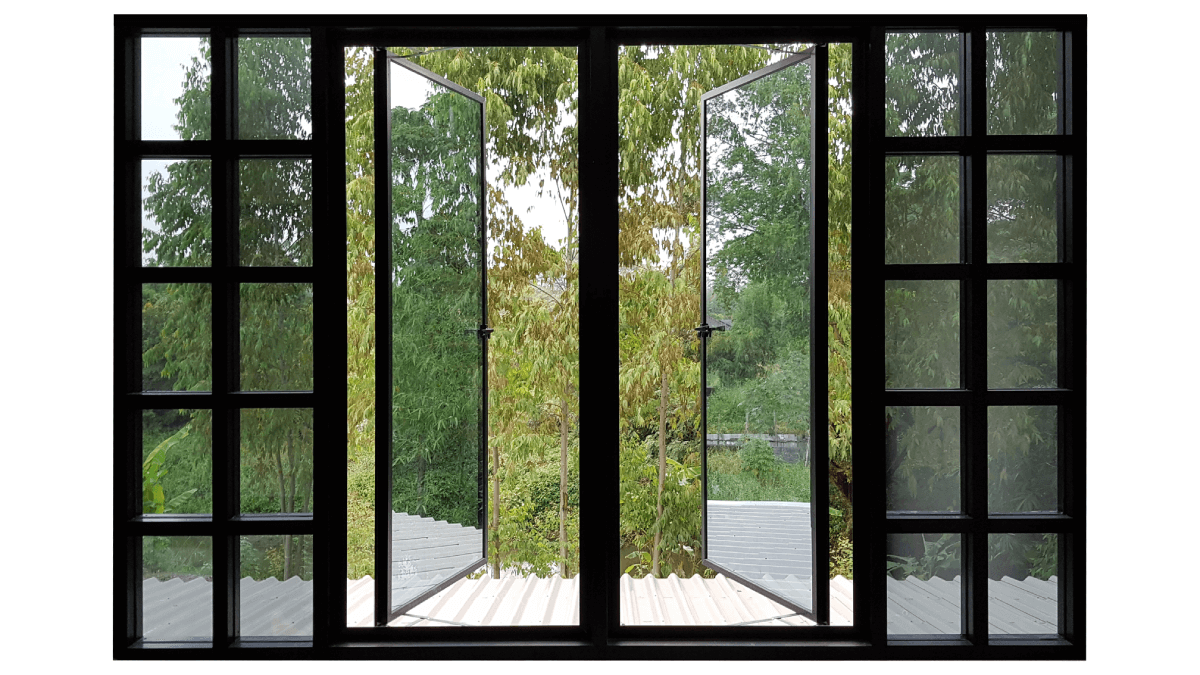All Categories
Featured
Table of Contents
Double Glazed Windows Melbourne - Upvc - German ... in Como Perth
That window can transfer more solar heat in winter than in summertime. A west-facing window on a summer's afternoon has an angle of occurrence from near 0 approximately 30 with a big reliable location of solar radiation. A north-facing window, in summer, has a high angle of incidence and a low effective location of solar radiation, so can transmit less heat than a west-facing one.

You can quickly and quickly improve the thermal efficiency of your home by replacing your windows. This is one of the most efficient approaches of restoration to accomplish improved thermal convenience. There are countless kinds of glass and frames to select from. Selecting the best ones is very important to enhancing the energy efficiency of your home.
Double Glazed Windows In Melbourne in Kewdale Perth
There are numerous various types of glass items to select from. Single glazing utilizes a single pane of glass. Single glazing with clear glass is not extremely effective when it comes to heat loss or gain. To improve performance, you can utilize single glazing with a more energy-efficient type of glass such as low emissivity (low-e) glass.
Multiple layers can be put together with sealed cavities between each sheet of glass. IGUs typically provide better energy performance than single glazing, due to the fact that they send less energy. The energy performance of IGUs also depends on: the homes of each layer of glass. Various glass types (for example, clear and low-e glass) can be created in an IGU.
Techniques For Double Glazing Windows in Embleton Perth

IGU cavities can be filled with air or a more inert, low-conductivity gas such as argon the width of the cavity. Wider cavities offer lower (much better) U values, with 12mm normally accepted as the preferred space how well the cavity is sealed.
If argon is set up to the cavity in location of air, wetness is dependably omitted the level of desiccant (drying agent). The spacer (metal or polymer strip) that separates the glass layers consists of a desiccant to soak up any wetness. Insufficient desiccant might cause moisture to condense on the glass surface in cold conditions, reducing thermal efficiency.
Double Glazed Windows – Their Amazing Benefits For ... in Kalamunda WA
IGUs can provide better energy efficiency for all environments, particularly in heated and air-conditioned houses. Cross-section information of single, double and triple-glazing systems Low emissivity glass (commonly understood as low-e glass) reduces heat transfer. Low-e glass might be either high or low transmission: High transmission low-e glass has a covering that allows daytime from the sun to pass into your home to accomplish excellent solar heat gain, however minimizes the amount of the long wavelength infrared heat that can leave back through the window.
Low-e glass has either a pyrolytic finish or a vacuum-deposited thin movie metal finishing. Pyrolytic coverings are long lasting and can be utilized for any glazing; vacuum-deposited finishes are soft and are just used within IGUs. Low-e finishes can significantly improve both U value and SHGC; however, they must be utilized correctly or they will either weaken or fail to carry out as required.
Summer Scorcher Predicted, Again! Double Glazed ... in Cooloongu Perth
Low-e finishings can be utilized in combination with clear, toned or reflective glass. Low-e coatings on glazing can decrease heat transfer where needed Photo: Department of Industry, Science, Energy and Resources Toned glass has colouring additives included during manufacture. It is readily available in numerous colours, usually bronze, grey, blue and green.
Latest Posts
Double Glazed Windows in West Leederville Perth
Double Glazed Windows Melbourne in Medina Western Australia
Double Glazing Companies Near Me Reviewed 2023 in Huntingdale WA